The Manafort jury acquitted itself well. The jury’s effort to decide on the evidence, with due respect for Manafort’s presumption of innocence, is suggested by the questions the jury asked. Two of the questions focused on issues that Manafort’s defense counsel had honed in on in their argument to the jury. One was the high standard of certainty required for proof beyond a reasonable doubt, and the other was the claim that Manafort reasonably thought he did not have to report his foreign bank accounts under the FBAR Act because after 2011 he and his wife each owned a 50 percent share. The other two questions seemed designed to aid the jury in its understanding of the evidence. One was to ask for a definition of “shell corporation,” a term that was much used in the trial, and the other was to ask for some kind of road map linking the documentary evidence they had in the jury room to the various counts of the indictment, something the government had wanted to do in presenting its case and the judge did not allow. The judge answered the reasonable doubt question by saying it was “a doubt based on reason” but adding that, “the government is not required to prove guilt beyond all possible doubt.” Perhaps the jurors were helped by this answer, but they were certainly not helped by the judge’s response to their other questions. The judge told the jurors that they had to rely on their memory to link different exhibits to the charges they related to and similarly had to rely on what they remembered of the evidence to understand what a shell corporation was. His response to the FBAR question was to reread his original instructions, even though the question would not have been asked had the jury understood from the instruction what they needed to know about FBAR reporting requirements. Such unhelpful responses to juror questions is in too many courts the rule rather than the exception.
We don’t know why the jurors asked these questions. The request for assistance in linking documents to charges might have been a general juror request for aid in a complex task. The other questions could have been similarly motivated, or they could have been asked because the jury had reached a point in the deliberations where a few jurors were resisting the majority because they differed in what they thought the law required or had a different view of the level of certainty that the reasonable doubt standard entailed. The hope might have been that judicial clarification of the matter in dispute would resolve a sticking point in the deliberations, which might have happened with the instruction that proof beyond a reasonable doubt did not mean proof beyond all possible doubt.
The very fact that the jury convicted on eight charges, but could not agree on ten suggests a fair and conscientious jury. It did not contain a member or members whose political leanings were so strong or views of or objection to the special counsel role so powerful that they would hang the jury regardless of the evidence. Paula Duncan, the one juror who, as I write, has spoken out, has self-identified as a Trump supporter. She made clear that she didn’t think much of the prosecution’s lawyers and believes that the Special Counsel’s real target is Trump. Yet she supported guilty verdicts on all counts, even those counts on which the jury hung. In doing so, she evidences what half a century of jury research has consistently shown. Jury verdicts may be influenced by the jurors’ values and prejudices, but by far the strongest influence on verdicts is the weight of the evidence. It is mainly when cases are close on the evidence that other factors may sway the balance.
On the ten counts where the jury hung, the woman identified by Duncan as the lone holdout resisted the majority because for her the threshold implicit in “beyond a reasonable doubt” was far higher than it was for the other jurors. Yet even in her case, there appears to have been no intransigence or irrationality. Her threshold was not so high that it could not be met. She wasn’t, however, always the lone holdout on the counts where no verdict was reached; for a while she had company. This is not surprising. It is unusual for a single juror to hang a 12-person jury, but except in the case of the rare juror who refuses throughout to reason, when there is a single dissenter at the end, the dissenter typically had some support for his or her doubts earlier in the deliberations.
Contrary to what some commentators have said there is no reason to believe that this was a compromise verdict. Indeed, it doesn’t make sense to talk of a compromise verdict when the jury hangs on some but not all counts of a criminal indictment. No compromise has occurred because those who hang the jury are not getting anything in return for their willingness to convict on some counts. They could have hung the jury on all counts had they so chose. Far from being a compromiser, the person who hung this jury appears to have been principled, even if her judgments may appear to some as unreasonable.
Particularly instructive is where this juror seems to have drawn the line with respect to what was needed to find Manafort guilty. The counts on which the jury convicted were those involving actions where Manafort’s personal responsibility seemed particularly strong, and any suggestion that Gates was the sole responsible party appeared implausible. Five of the conviction counts were for tax evasion. In each case Manafort had sworn on his tax returns to the truth of the information provided. Gates cannot be blamed for these signatures. The two sustained bank fraud claims were those on which Manafort’s personal involvement and intended criminality appeared least ambiguous. One was with regard to a loan he secured by swearing that he lived in a home he seldom if ever occupied. The other was a loan secured by forging documentation to inflate income received from about $400,000 to $4.45 million. Unlike the other charges on which Manafort was convicted, Gates was central to this deceit. But Gates’ credibility was bolstered and Manafort’s ability to distance himself from Gates suffered because the government had introduced a message in which Gates told Manafort that he was “editing” crucial documentation, meaning that even if Gates was involved in the criminal action it was obvious that Manafort was fully aware of and complicit in this activity. Moreover, it is hard to believe that Manafort would not have noticed a ten-fold increase in the amount a business earned and what the documents he submitted for a loan said it had earned. Conviction on the FBAR count for the year 2012 is an apparent anomaly, since the jury hung on similar charges for the three other years in which Manafort failed to file an FBAR report although the evidence of transfers indicating foreign bank accounts seems equally convincing. However, the transfers in 2012 stood out. Unlike in the other years during which there seemed to be a steady stream of five and six figure transfers from foreign accounts to various merchants, in 2012 there were only four transfers. But together the four transfers totaled $6.5 million, and they went to purchase real estate in Manafort’s name.
There were, no doubt, a number of reasons why the jury performed well. As might be expected in Northern Virginia the jurors were on the whole well-educated. They were equally divided by gender, with a variety of work experiences, including government employment, contracting, and even a person who worked at the Supreme Court. The jury also appeared to have organized itself efficiently. They took enough time to carefully review all charges, but not so much that they had to have been spinning their wheels. The fact that its most pro-defense voter was willing to convict on a number of charges suggests that the majority treated her and others who might have begun with some doubts with respect, and that all saw their job as reaching a verdict.
The government lawyers may feel disappointed that they did not secure convictions on all 18 counts, but the result they achieved may leave Mueller and his team as well off, if not better off, than they would have been had they prevailed across the board. The mixed verdict suggests a fair evaluation of the evidence and the likelihood that the evidence supporting the conviction counts was overwhelming. This can only help if there is an appeal. Also, Manafort can be retried on the ten unresolved counts. This, together with his narrow escape on ten counts, may work to discourage an appeal and perhaps encourage cooperation on other matters.
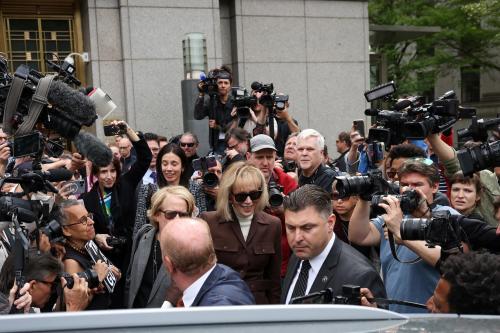
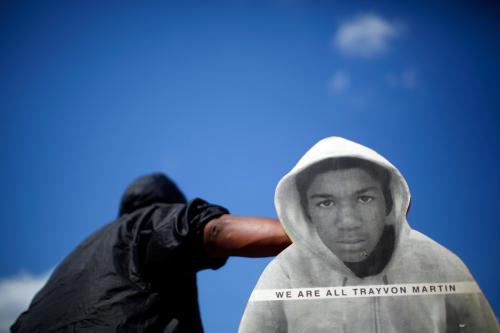
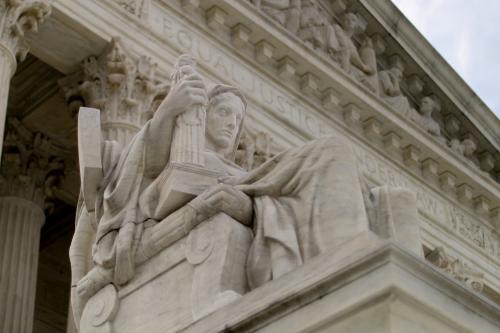

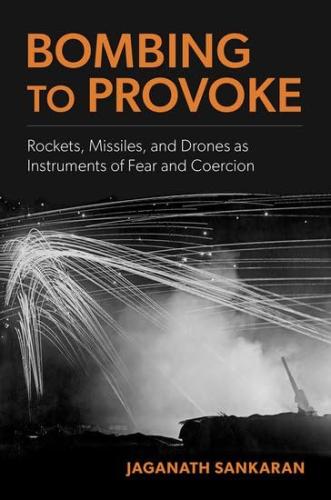
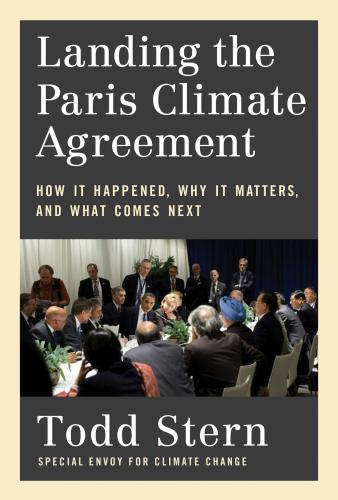
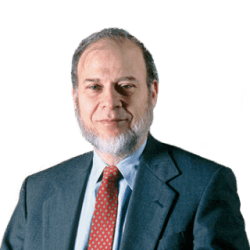
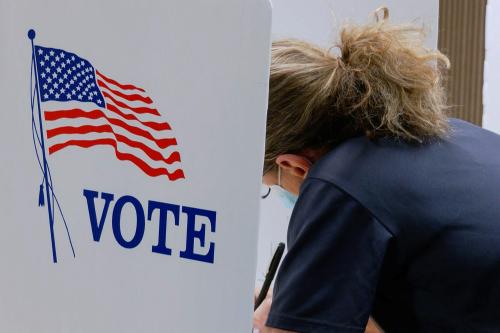
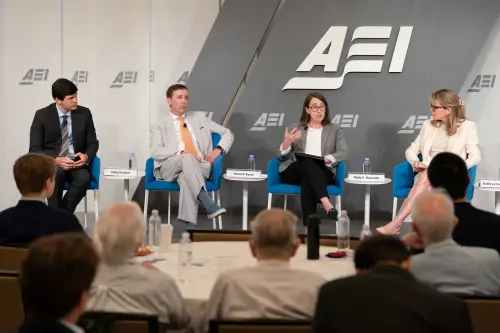
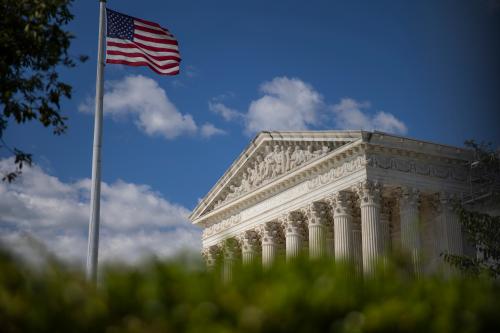
Commentary
The Manafort verdict shows the jury system at its finest
August 24, 2018